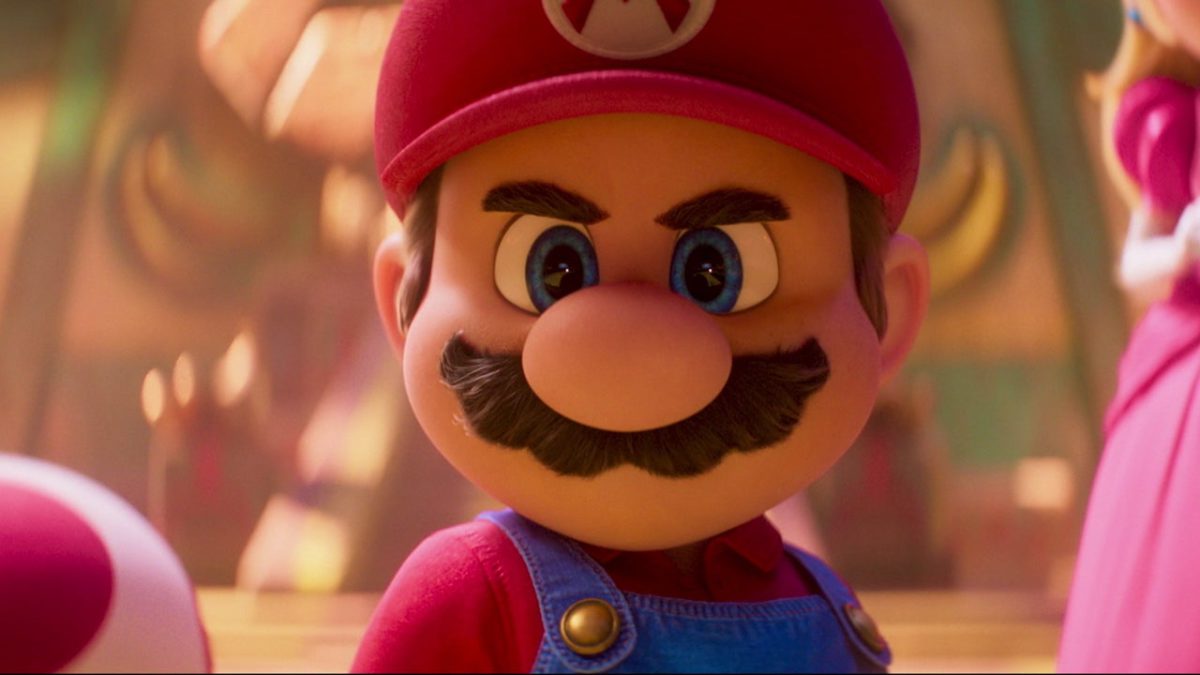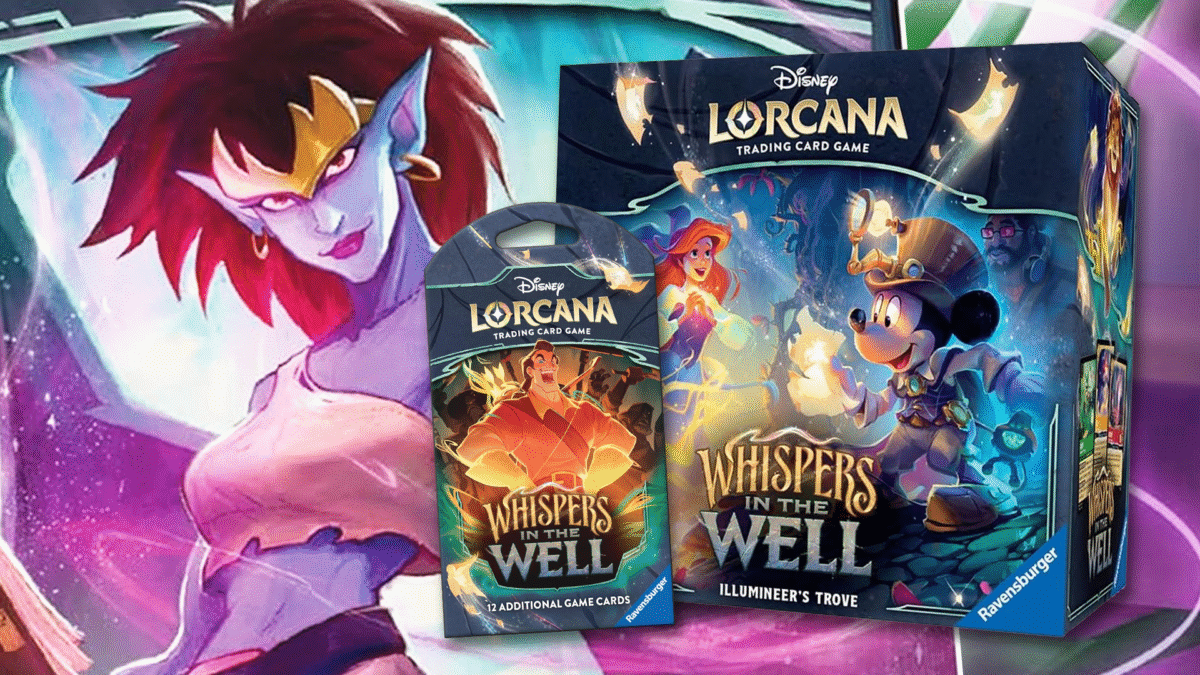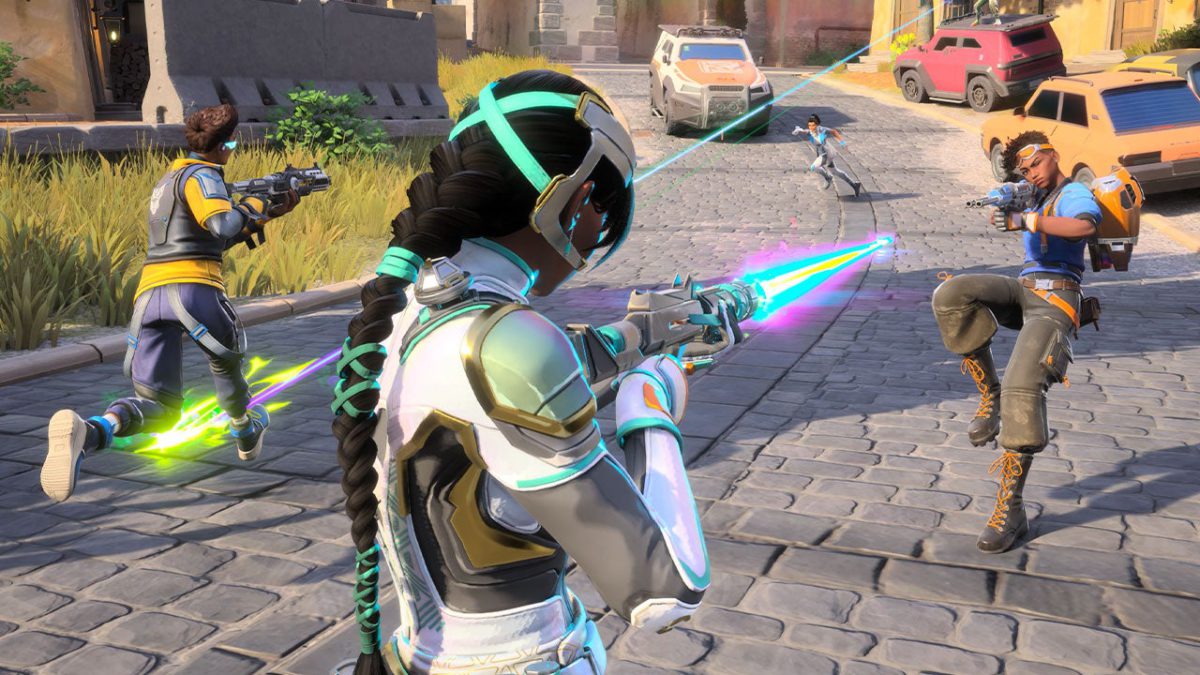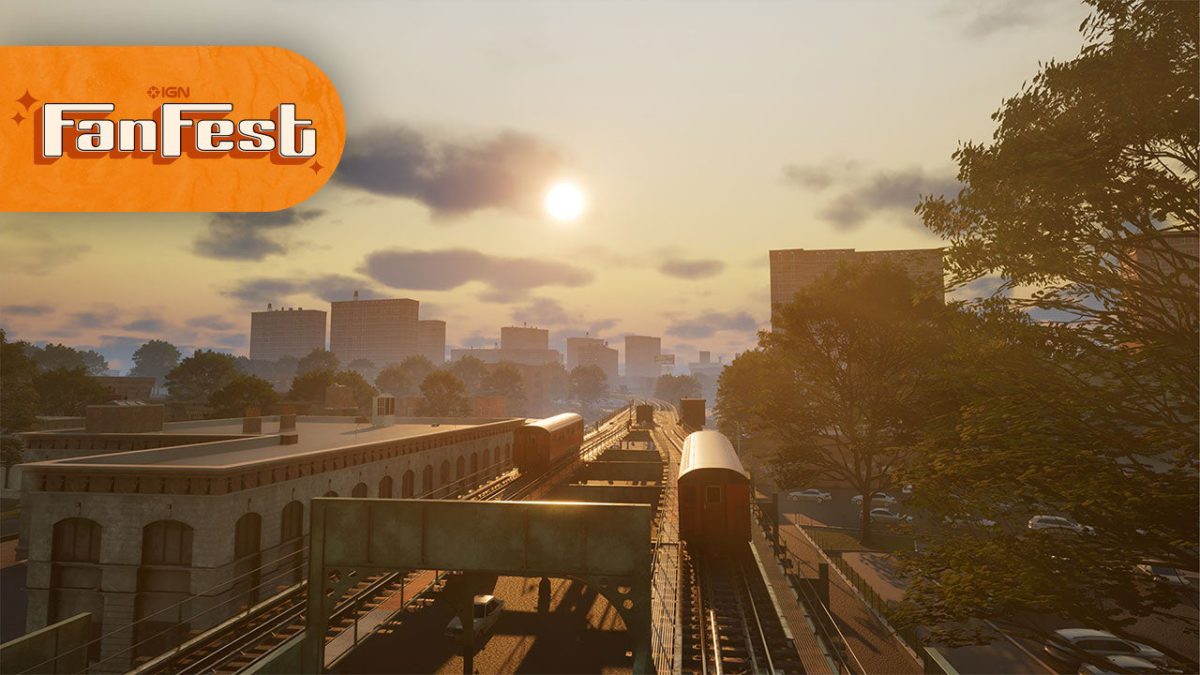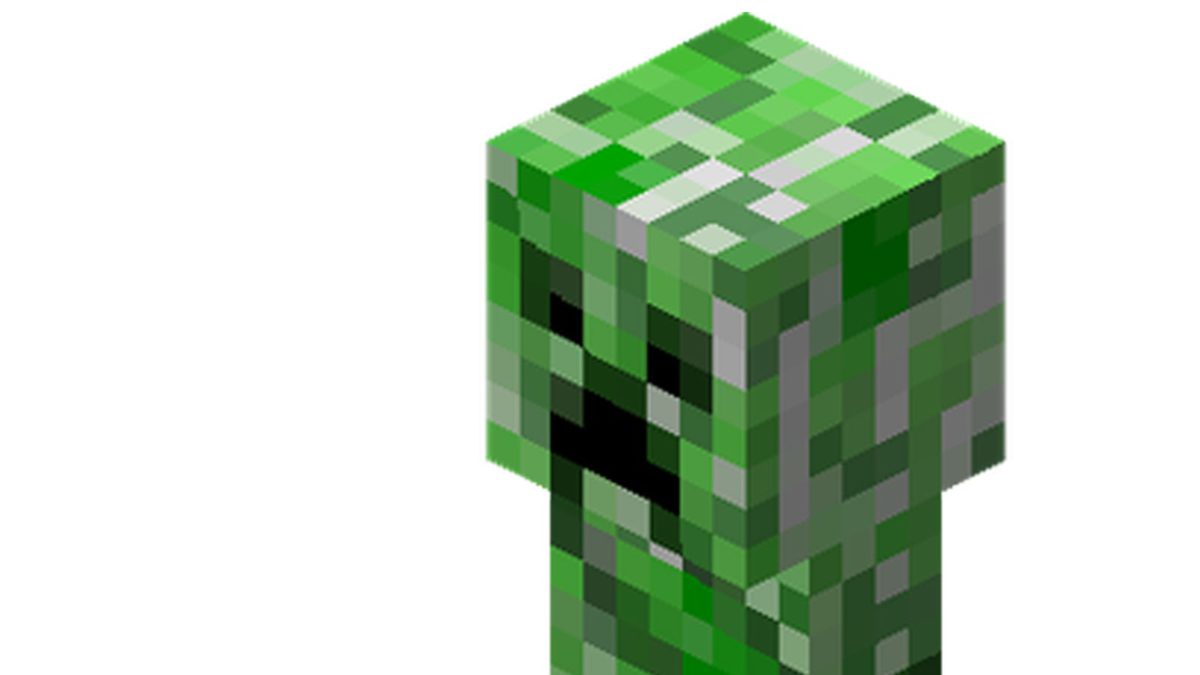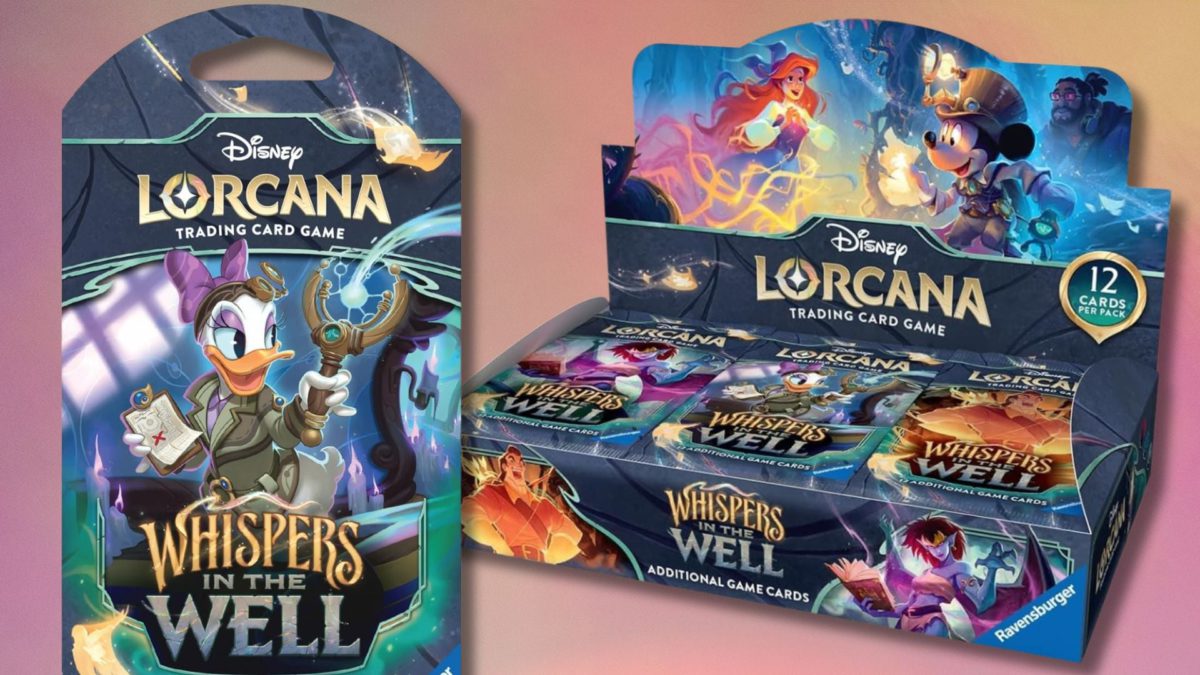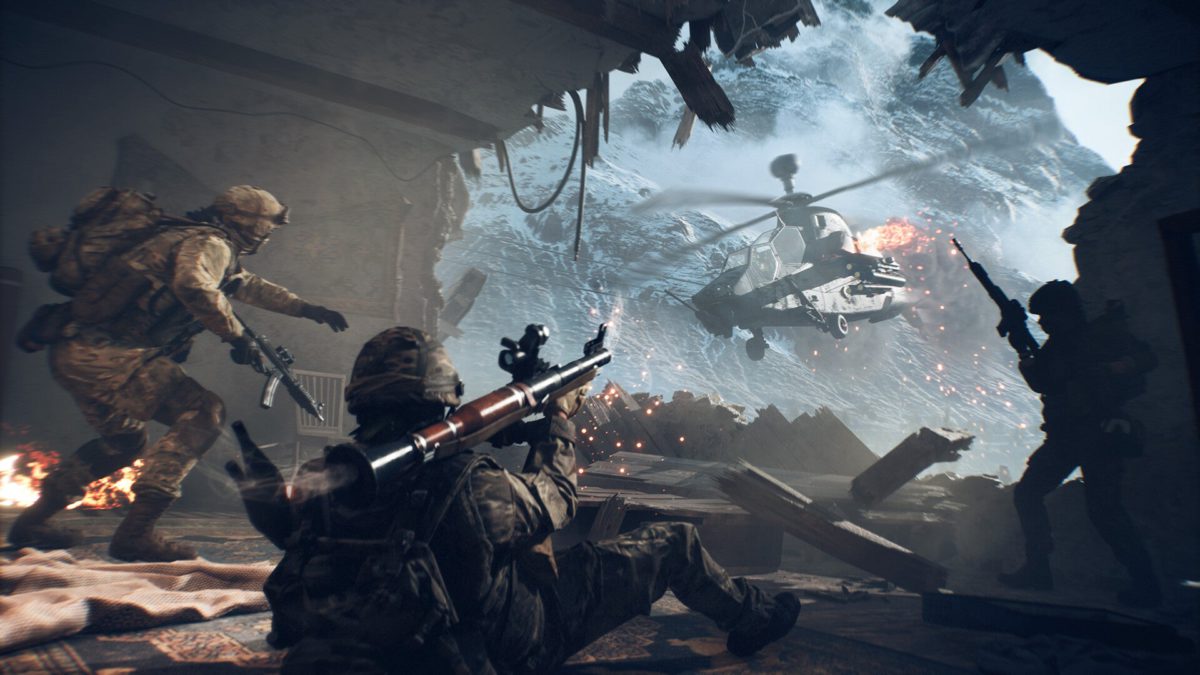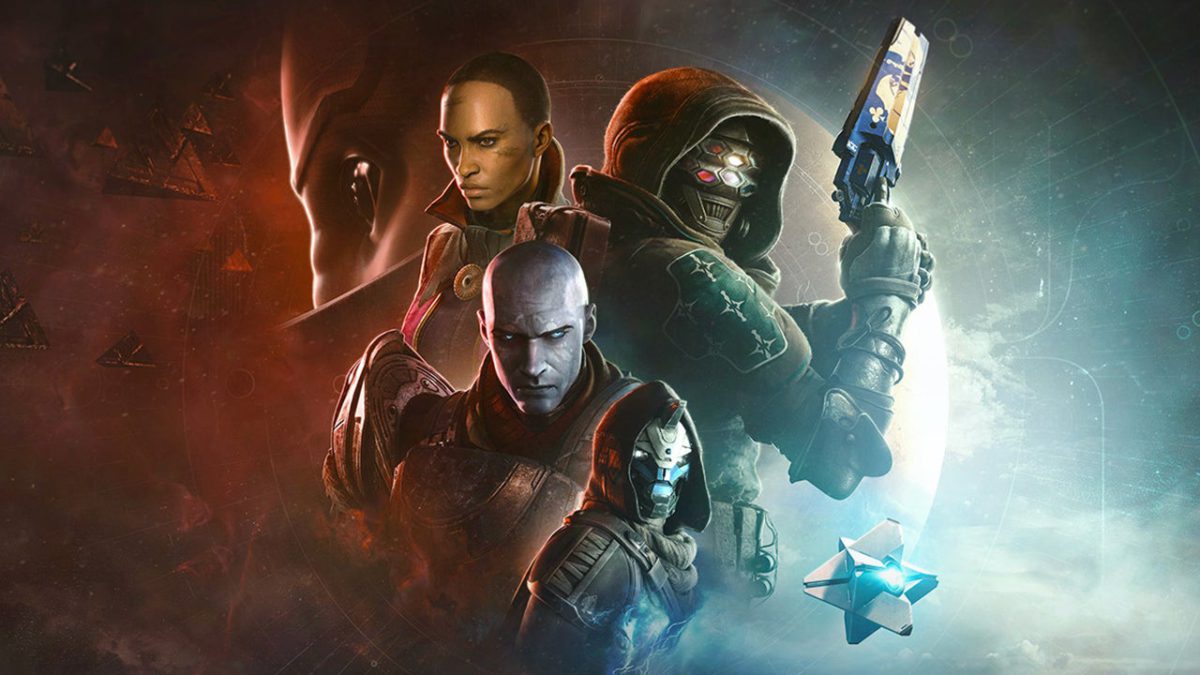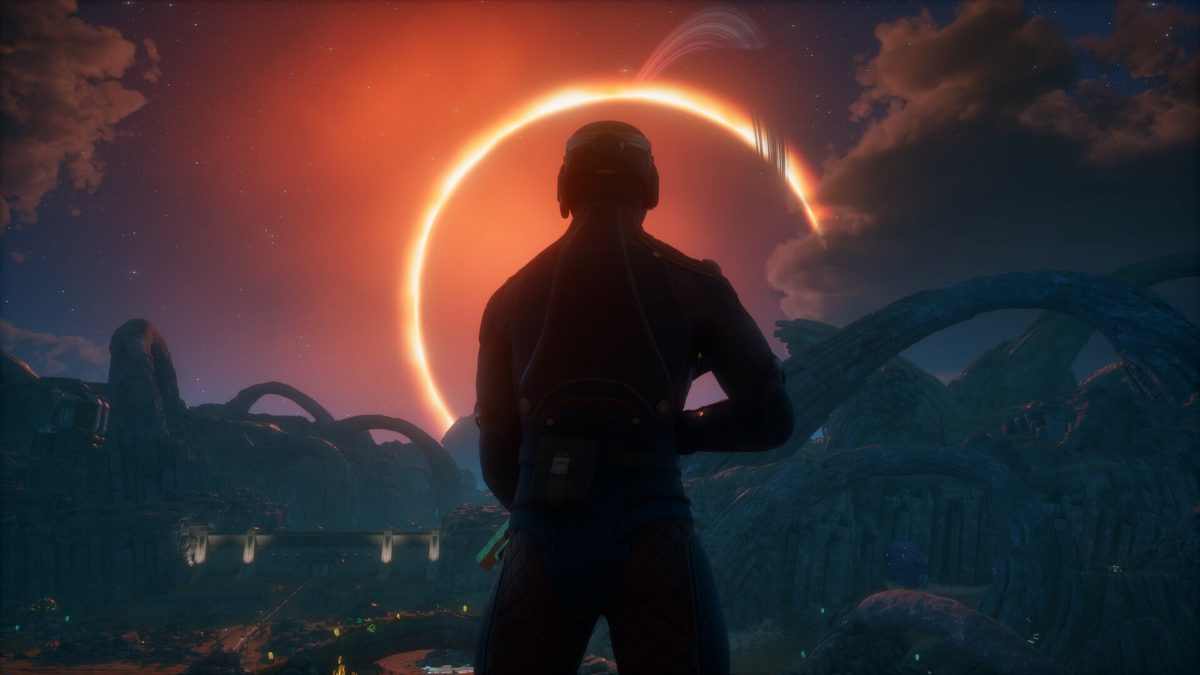
Nintendo has responded to reports that its servers were recently breached by hacking group Crimson Collective, and has claimed that no development or business information was taken.
In a statement to Japanese newspaper The Sankei Shimbun, Nintendo suggested that any breach had been minimal, and limited to servers simply hosting its websites.
The short statement, below, notably makes no mention of this week’s other major hacking story that has dominated gaming headlines: the continued spread of development details relating to the Pokémon franchise, originating from a confirmed breach of developer Game Freak’s servers last year.
Nintendo had attempted to pursue those responsible for last year’s so-called Teraleak of Pokémon details — which until this week appeared to be confined to information on past projects. But Nintendo does not appear to have had much success in locating the culprit, and this week a further cache of development details that seemingly chart The Pokémon Company’s roadmap of game releases until at least 2030 have hit the internet, timed to hit alongside the launch of Pokémon Legends: Z-A.
Last week, Crimson Collective claimed it had breached Nintendo’s servers, and an image purporting to show a long list of Nintendo development files was widely shared on social media. “We have not confirmed any leak of personal information, and there has been no leak of development or business information,” Nintendo’s statement today reads.
IGN has contacted Nintendo and The Pokémon Company for comment on this week’s further spread of information derived from the Teraleak, but has not heard back.
Tom Phillips is IGN’s News Editor. You can reach Tom at tom_phillips@ign.com or find him on Bluesky @tomphillipseg.bsky.social

